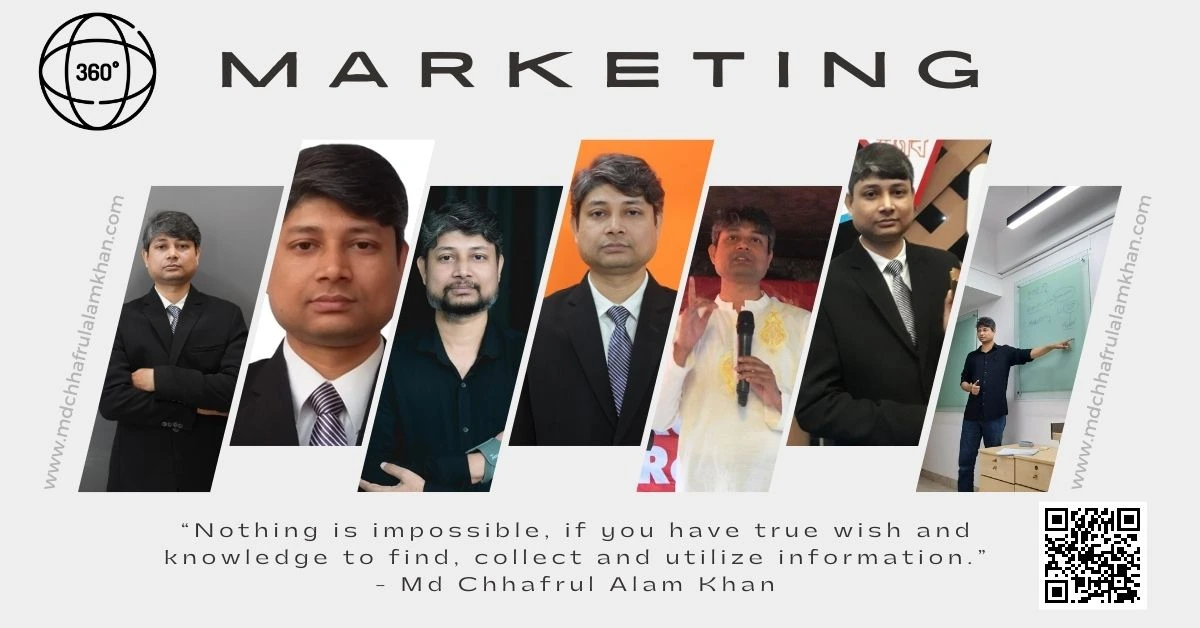In today’s digital age, ecommerce reigns supreme. But with a saturated online marketplace, simply having a storefront isn’t enough. To thrive, you need a strategic ecommerce marketing plan that attracts customers, fosters brand loyalty, and ultimately drives sales. Here’s your ultimate guide to e-commerce marketing, packed with fresh tactics and actionable strategies to propel your online business to new heights.
Remember:
Successful e-commerce marketing is about more than just tactics; it’s about building relationships with your customers and fostering brand loyalty in the ever-evolving digital landscape.
Understanding Your Audience: Building Buyer Personas
Before crafting your marketing strategy, delve into the minds of your ideal customers. Develop buyer personas – detailed profiles that capture your target audience’s demographics, online behavior, and pain points. This knowledge empowers you to tailor your marketing messages and resonate with their specific needs and desires.
Content is King (and Queen): Content Marketing Strategies
High-quality content is the cornerstone of successful ecommerce marketing. Here’s how to leverage content to attract, engage, and convert customers:
- SEO-Optimized Blog Posts: Create informative and engaging blog posts that answer your target audience’s questions and establish your brand as an industry authority. Optimize your content with relevant keywords to improve search engine ranking and organic traffic.
- Compelling Product Descriptions: Go beyond basic product descriptions. Craft compelling narratives that highlight product features, benefits, and how they solve customer problems. Utilize high-quality images and videos to showcase your products in action.
- Engaging Social Media Presence: Social media platforms are powerful tools for connecting with your audience. Share visually appealing content, run interactive contests, and leverage social media advertising to reach a wider audience.
- Email Marketing for Customer Retention: Don’t underestimate the power of email marketing. Build an email list and nurture leads with targeted email campaigns that offer valuable content, promotions, and personalized recommendations.
Optimizing the Customer Journey: Streamlining Conversions
A seamless customer journey is crucial for ecommerce success. Here are some key strategies to optimize the conversion funnel:
- Mobile-First Approach: With the rise of mobile shopping, ensure your website is mobile-friendly and offers a smooth user experience on all devices.
- User-Friendly Website Navigation: Make it easy for customers to find what they’re looking for. Implement clear navigation menus, intuitive search functionality, and product filters to streamline the browsing experience.
- Streamlined Checkout Process: Reduce cart abandonment rates by offering a clear, concise, and secure checkout process. Offer guest checkout options and multiple payment methods for customer convenience.
- Strategic Use of Reviews and Testimonials: Showcase positive customer reviews and testimonials to build trust and social proof. Encourage satisfied customers to leave reviews on your website and social media platforms.
Emerging Trends in Ecommerce Marketing: Stay Ahead of the Curve
The world of e-commerce marketing is constantly evolving. Here are some key trends to watch:
- The Rise of Conversational Commerce: Chatbots and live chat functionalities can personalize the customer experience and offer real-time support, leading to higher conversion rates.
- Influencer Marketing: Partner with relevant influencers in your niche to reach a wider audience and leverage their credibility to promote your products.
- Personalization and Customer Segmentation: Utilize data analytics to personalize your marketing messages and product recommendations to individual customers.
- The Power of Voice Search: Optimize your website and content for voice search queries, as more and more consumers are using voice assistants for online shopping.
Embrace the Future of E-commerce Marketing
E-commerce marketing is a dynamic field, demanding continuous learning and adaptation. By implementing the strategies outlined above, staying abreast of emerging trends, and prioritizing a customer-centric approach, you can transform your online store into a thriving hub of commerce.
Remember, successful ecommerce marketing is about more than just tactics; it’s about building relationships with your customers and fostering brand loyalty in the ever-evolving digital landscape.
